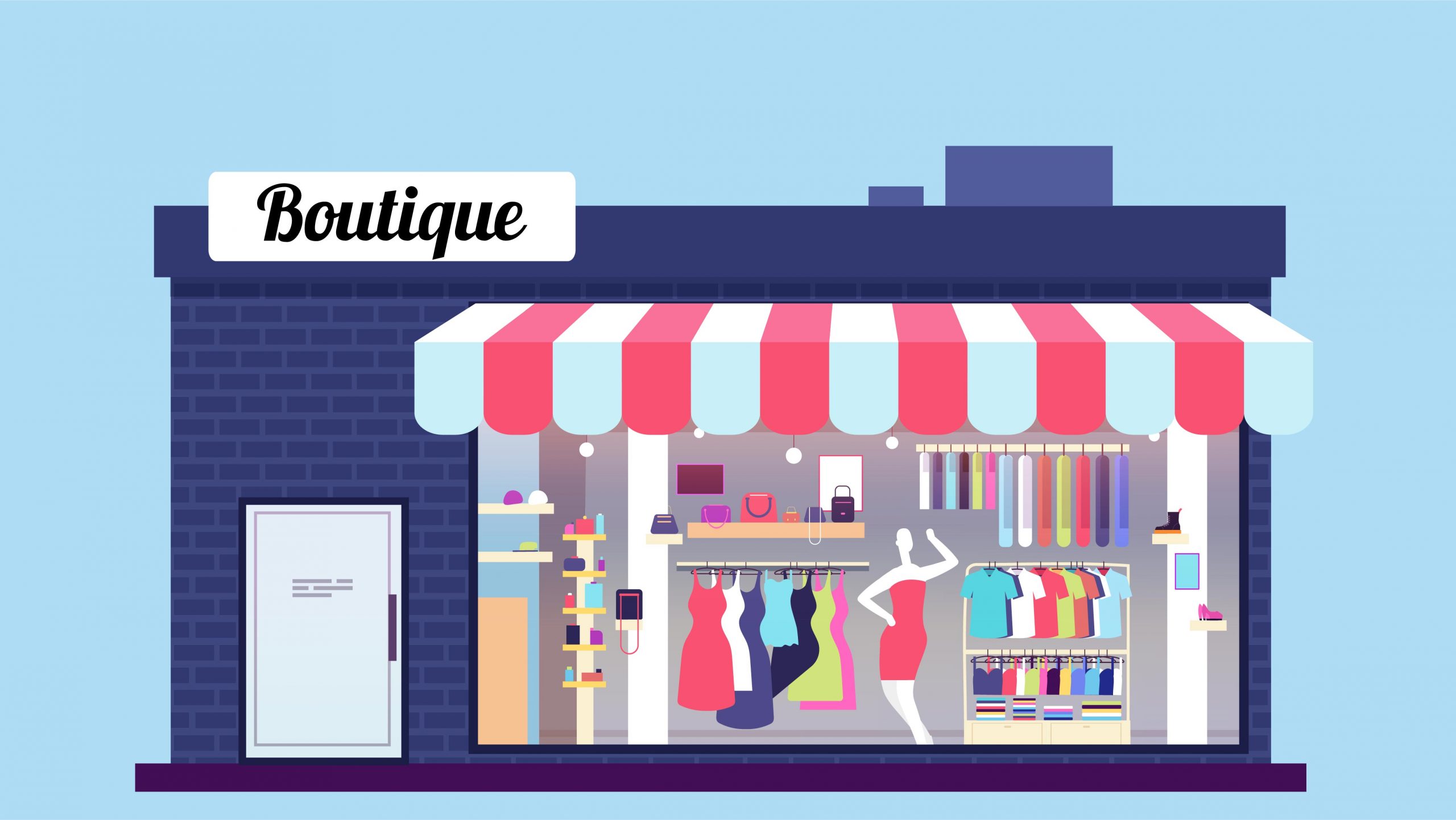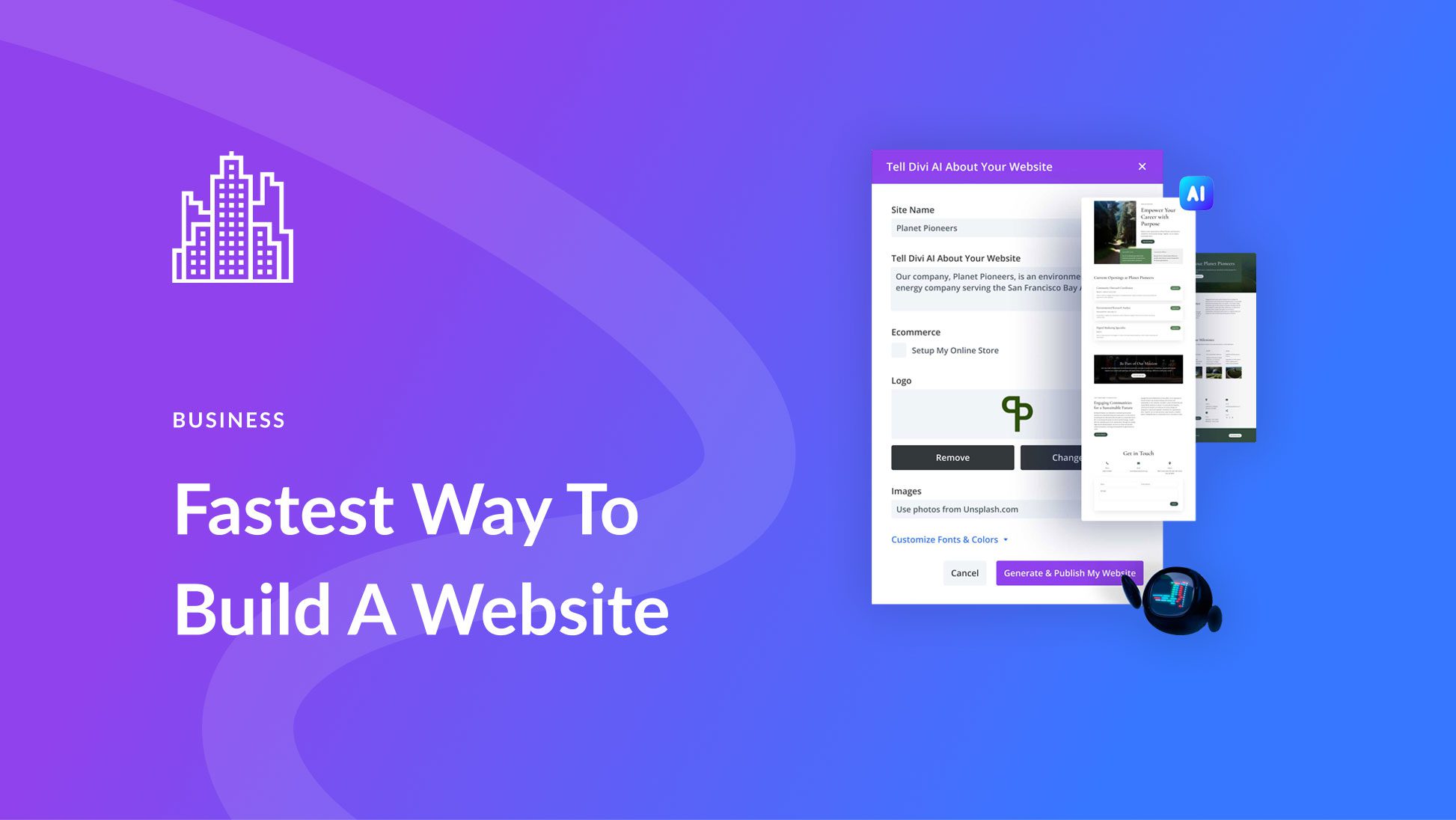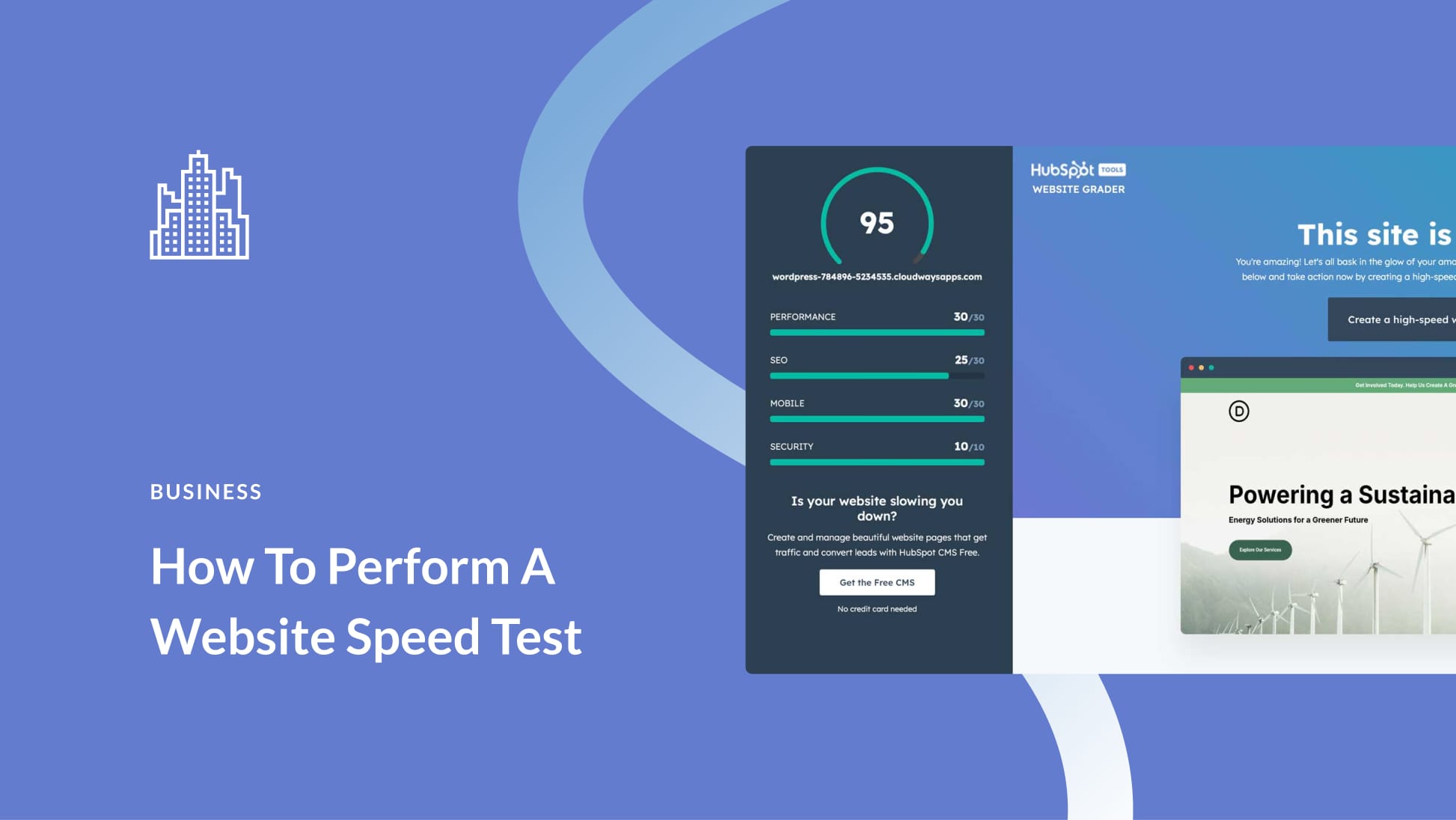Having an idea for an online boutique is just the first step of the process – albeit a crucial and exciting one. Knowing what you want to sell is only the beginning. There’s so much to consider after that when it comes to how to start an online boutique, and if you don’t keep it organized in a natural, sensible way, it can get overwhelming. If you do get it right, an online store can even be expanded into a brick and mortar store once you’ve made enough of a profit and have a solid customer base.
-
1
Steps for How to Start an Online Boutique
- 1.1 Write a Business Plan
- 1.2 Plan for Startup Costs
- 1.3 Create a Business Name
- 1.4 Secure a Domain Name and Social Media Handles
- 1.5 Get an EIN
- 1.6 Choose Your Business Entity
- 1.7 Apply for the Right Permits and Licenses
- 1.8 Open a Bank Account and Credit Card
- 1.9 Create Your Brand Identity and Customer Persona
- 1.10 Source Your Products
- 1.11 Take Pictures of Your Products
- 1.12 Next Step for How to Start an Online Boutique: Choose a Selling Platform
- 2 How to Start an Online Boutique: Considerations and 3 Selling Platforms
- 3 How to Start an Online Boutique: What Not To Do
- 4 Final Thoughts About How to Start an Online Boutique
Steps for How to Start an Online Boutique
Let’s go through everything you need to know in order to start an online boutique. Then, we’ll talk about the three different types of online shops you can pick and choose from.
Write a Business Plan
Business plans come in all shapes and sizes. They can be short and minimalist or lengthy and detailed. Whatever you choose, though, you should have one. It’ll lay out your goals, the steps to get there and the timetable you plan to do it all on. If you need to pitch your idea for your boutique to an investor in order to secure a loan, your business plan should be fleshed out. Otherwise, it can be simple.
Plan for Startup Costs
It’s much less expensive to start an online boutique than a brick and mortar store, but you still have to plan for certain expenses, including:
- Business Entity: If you choose a business entity type that must be registered with the state, you’ll need to pay licensing and registration fees.
- Inventory: This is going to be your biggest expense and your most important consideration.
- Marketing: There are a lot of free marketing options, but if you want to run social media or Google ads from the start, you’ll need to budget for it. And it’s also a good idea to plan now for marketing costs a few months down the line.
- Website: Your domain name, good hosting provider, and web builder will cost money, and you’ll probably also have to pay for a merchant services provider.
There are a number of ways to get funding for your business, even if you don’t have savings yourself that you want to use. You can apply for a business loan or line of credit. Or, you may be able to use purchase order financing if you create custom orders and will receive the order before the product can be created.
Create a Business Name
The best business names are easy to remember and easy to spell. Also, it shouldn’t exist yet. If you use the same business name as someone else, you could get into trademark trouble. And this is also a good reason to trademark your own business name.
There are a lot of places to buy a domain name, so shop around until you find the best price. You also want to make sure the social media handles you want are available on any platform where you plan to have a presence. You may want to do this step as you’re settling on a business name so that you don’t choose one that isn’t available for a domain name or social handle.
Get an EIN
Register for an EIN, which stands for Employer Identification Number. This is a tax ID number that the government uses to categorize your business and tax you. Having an EIN will protect your personal information, too.
Choose Your Business Entity
There are a few business entity types to choose from:
- Sole Proprietorship: This is the simplest type of business entity to set up because it doesn’t have to be registered in your state. However, you’ll use your personal tax return to report income and losses, and you will personally be responsible for any debts or legal issues that arise.
- Limited Liability Company: This type of business entity allows you to keep your personal assets separate from business liability.
- Corporation: The reason to choose to set up your boutique as a corporation now is if you hope to issue stock in the future.
Consult with a tax professional or business lawyer to decide on the best business entity for your boutique.
Apply for the Right Permits and Licenses
The exact permits and licenses you need will vary by state. You may need a resale or seller’s permit or a wholesale license. And getting a local or state sales tax permit means you’ll be able to collect and file sales tax. This is a necessary step so that you run a legal business.
Open a Bank Account and Credit Card
Once you have your EIN and you’ve filed for what’s required in your state, you should be able to open a business bank account. At this stage, it’s a good idea to open a business credit card, too. Regardless of your business entity, it’s always smart to keep your personal and business expenses separate. This is also a good time to decide how you’ll track income and expenses, like through a program like Quickbooks which can be used together with WooCommerce.
Create Your Brand Identity and Customer Persona
Before you can sell, you have to figure out who your audience is, what they want and how to design and build your brand to meet those needs. Answer these questions:
- Who will you be selling to?
- Who is your ideal customer?
- What do your customers need?
- What are they currently frustrated by that you could fix?
- Where are they currently shopping?
Deciding who you want to sell to will help you create an aesthetic that represents your brand and appeals to your audience. The more you can figure out what your customers do and don’t like, the more cohesive your branding will be. Create a full personality for your target customer, including things that may seem to fall outside of your brand. For example, if you sell jewelry, you may wonder why it matters what type of food your customers like. But all of that comes into play when you start choosing colors, wording and lifestyle images.
Check out our article about customer personas, including how to create them and how to use them in your marketing. Our article about creating a brand identity kit may also be helpful.
Source Your Products
There are a lot of ways to find products to sell. If you’re going to be selling clothing, for example, you can search on Google for “fashion trade shows,” which take place every season in big cities. Hundreds or more vendors gather in showrooms at event centers and showcase their products for one or more days.
Buying from a vendor market in person means you can test out the build and quality of the products, and you can also start to develop a rapport with the vendors. It’s very risky to order products without testing them out in person or having any experience with the vendor. And whatever you do, don’t start allowing pre-orders before you’ve tested the quality of the products for yourself.
There are other options for securing your products, too. You can head to local vendor markets to connect with artisans and find out if they sell their products wholesale. Visit antique, consignment, and vintage shops, which often have one-of-a-kind finds that you can then sell in your boutique. Or make your own products!
Take Pictures of Your Products
A good camera – or at least a quality iPhone – is necessary, and taking your own photos is a lot less expensive than hiring a photographer. Since you’re in the creative part of the process, this is also a good time to have a logo made if you haven’t already – you can get all of your visuals together at once. When taking product photos, you want to make sure the product is clear and front and center. The background should be clean and minimalist so the products pop.
Also, avoid stock photos, which are the photos that the vendors provide to you to show off their products. If you use them, you’ll have the same photos as other shops that are selling those products.
Next Step for How to Start an Online Boutique: Choose a Selling Platform
In the next section, we’re going to dive into picking where you want to sell your products.
How to Start an Online Boutique: Considerations and 3 Selling Platforms
There are three broad types of online boutiques you can set up:
- Create your own shop, opting for either a dedicated eCommerce platform or a regular website builder with an eCommerce plugin or other type of selling functionality.
- Sell on social through integrated shopping features, which are popular on Facebook and Instagram.
- Use a marketplace like Etsy that already has an audience base.
Considerations When Choosing a Platform
When deciding which type of online boutique you want to create and the platform(s) you’ll use, consider the following:
- Theme: Are there free and premium themes to choose from? Do you like how they look? This is how your shop is going to look, so it’s an important consideration.
- Product Listings: Can you add multiple products with multiple variations each? Are you able to add descriptions, photos, and videos to showcase them even more?
- Shopping Cart: Is it easy for customers to check out? Is the shopping-to-checkout flow smooth?
- Checkout: Are you happy with how shipping options, user accounts, and payment processing will be handled? And can you offer several different payment options to your customers?
- Shipping Options: What are your choices of shipping options? Which one will you go with, and are you happy with the shipping times and fees offered? Consider how you’ll deal with returns, too.
- Marketing: Are there any built-in marketing features that you can use?
- Perks: Are you able to offer perks to customers through your platform of choice? Can you create coupon codes or set up a loyalty program, for example?
Now, let’s go over the three different types of platforms.
1. How to Start an Online Boutique by Building an eCommerce Site
Ecommerce builders, like Shopify, provide an easy-to-use way to build your boutique’s website. You usually don’t need any coding or graphic design experience to get a shop up and running. With a website builder that’s designed specifically for online shops, all of the features you need will be built in. With Shopify and WooCommerce (which is a WordPress plugin that you can use to turn your site into a shop), for example, there are a lot of integrations to use to make your shop as robust as you want. When choosing an eCommerce site, the more integrations, the better. At the very least, you should be able to pick your shipping provider, use marketing tools and run reports.
The benefit of having your own website is that you have a decent amount of control over how everything looks and operates. And if you do have coding skills, you’ll be able to customize it even more. Plus, many plugins offer free trials and even free subscription tiers. However, keep in mind that some free versions limit the number of products or product variations you can add.
Building your own eCommerce website using WordPress, WooCommerce, and Divi is a great option. Divi and WooCommerce make it easy to build your own online store.
A lot of boutiques start out by selling on social media, and if you already have a strong following, it can be the fastest way to start making money. Social media can be used to sell from the platform itself, like on Facebook or Instagram, or by directing people to your store, like with Pinterest. Whatever you choose, social media is super cheap to use when you’re considering how to start an online boutique, and there’s even plenty you can do there for no cost. The more visual the social platform, the better. That means that Instagram and Pinterest are excellent places to show off your products more than on something like Twitter.
3. How to Start an Online Boutique with Etsy or Other Online Marketplaces
Opting for an online marketplace like Etsy is sort of like combining options 1 and 2. You get a full shop, similar to a website, but there’s a built-in social component and a dedicated customer base. You won’t have nearly as much control over your boutique, especially when it comes to the layout of your shop, but you will tap into an already-there customer base that’s ready to shop.
Here’s another benefit to having a presence on Etsy: you can connect with vendors. Plenty of vendors on Etsy sell their items wholesale, so not only will you be able to sell some of your products there, but you can also purchase products to sell on your website.
4. Travel with your Boutique to Trade Shows and Popup Markets
An online boutique opens so many doors that you would never imagine were possible. Once your online store has some traction, it’d be nice to exercise one of the perks of an online business—being location independent. You can easily create a traveling boutique that hits different events across the country (or internationally) or create your own pop-up shops in places you already have established sway. Use an event plugin to create, promote, and showcase your events.
How to Start an Online Boutique: What Not To Do
Before we wrap up, let’s quickly cover two big don’ts: copying another boutique and pricing products super low.
Do Not Copy Another Boutique
You can get inspired by a boutique and become friendly with the owners, but don’t create a carbon copy of their boutique. Not only is it unethical, but it’s not a smart business move – the best businesses provide something new to the market. You don’t want to copy another boutique’s style, website, marketing campaigns, photos, text, terms, logo design, displays, etc.
Don’t Price Your Products Super Low to Encourage Sales
The recommended markup is a minimum of 2.5 times the wholesale price. If you sell for just above the wholesale price or even at 2 times that price, it’s not going to turn into a sustainable business. Your sales have to be able to support the business itself, which means covering necessary expenses, expanding the business, and paying your employees while also giving yourself a salary. Plus, if you gain customers because your prices are dirt cheap, you may make a few sales, but you’re not going to have a loyal customer base – they won’t really be interested in your products, just your prices.
Final Thoughts About How to Start an Online Boutique
Building your very own boutique can feel like a dream job. Everything you design and sell can be exactly what you love, a complete reflection of you. But a fulfilling and exciting job doesn’t make it an easy one and starting, running, and growing an online boutique is no small order. Hopefully, we were able to get you started on the right foot. And if you have experience running an online boutique, we’d love to hear about it in the comments!
Featured Image via MicroOne / shutterstock.com









Thanks Lindasy for sharing this awesome guidelines.
Don’t hire a photographer and colours will be different… ! What a surprise for customers!!!